Tradescantia is the name of the genus of evergreens, whose natural range is in America, in places with a tropical and temperate climate. Species included in this genus are often grown at home, since tradescantia care is easier to carry out in a room where it is easier to achieve the necessary high humidity and constant average temperature.
Growing a plant is not too difficult, but it is profitable: all varieties have high decorative value, which allows you to decorate any room and greenhouse. This flower is beautiful not only during flowering, its unusual foliage attracts attention and sets the plant apart from other species.
Content
Variety characteristics and types of tradescantia with names
Tradescantia is a perennial plant characterized by flexible, long, rapidly growing stems. On fleshy sprouts are oblong oval leaves attached with short petioles. The flower may have a plain or colorful green color.
The surface of the leaf blades can be either smooth or fluffy. During the flowering period, starting at different times of the year, small inflorescences consisting of a large number of buds appear on the tradescantia. In this case, only a pair of buds can be opened at a time. Flowers have long stamens, delicate petals and a dark green calyx.
Among the well-known 75 species of tradescantias grown at home, some varieties are especially popular and widely cultivated: although in the photo their differences may seem insignificant at first glance, with the purchase of flowers and the preparation of flower arrangements with them, their features are clearly manifested.
White-flowered tradescantia is one of the most famous varieties, subdivided into 2 varieties, the names of which are Aurea (with yellow leaves and a greenish stripe) and Tricolor (with a green leaf plate and lilac and white stripes). Leaves grow up to 6 cm in length and 2 cm in width. Inflorescences of small white flowers are formed on the shoots.
Riverside Tradescantia - a flower with many fragile purple stems, raised above the ground. There are many leaves on the plant, but they are small - 2-3 cm in length. The inner side of the leaf matches the color of the stem.
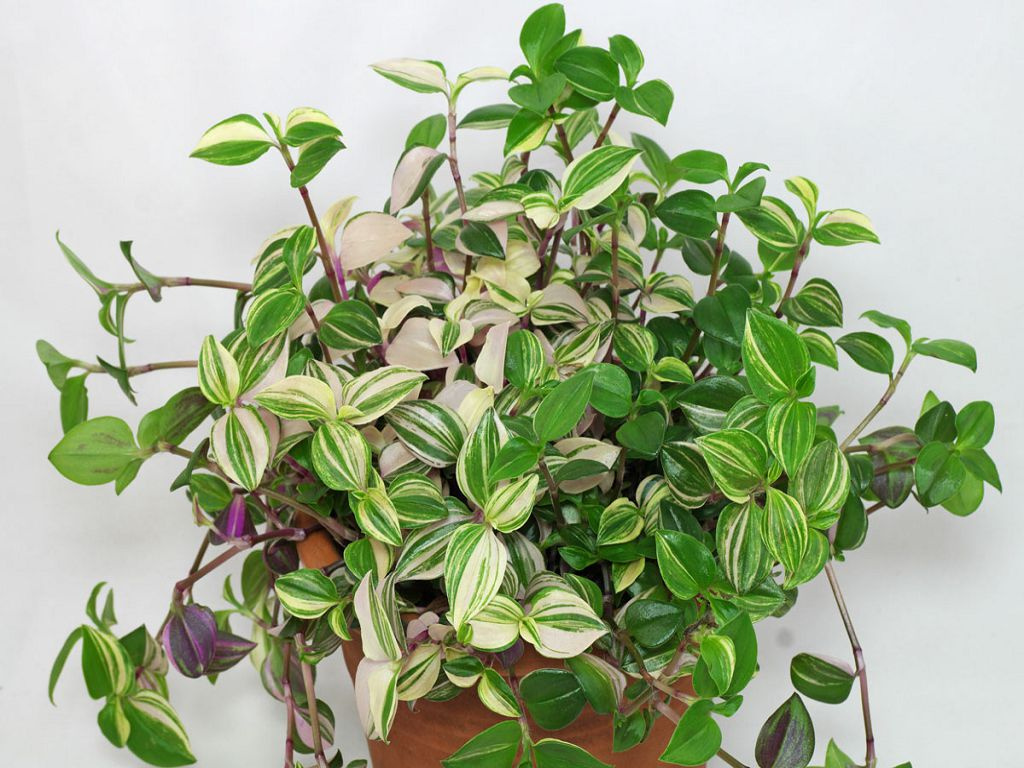
Blossfeld tradescantia species are characterized by reddish-green dense shoots and oval leaves with sharp edges. Their outer side is painted dark green with a splash of red. The flower has very unusual axillary inflorescences: they are saturated purple, pubescent with long silver hairs.
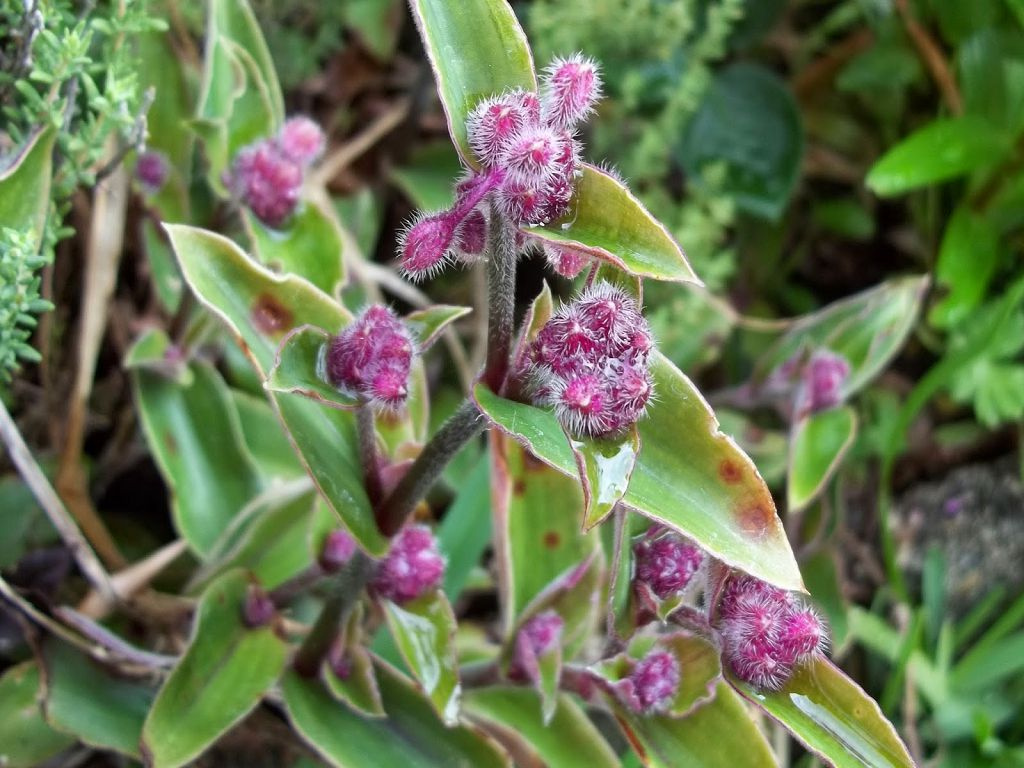
Tradescantia zebrin (hanging) is an ampel plant grown in hanging pots for room decor. It has a contrasting light green, silver and red color of leaf blades.
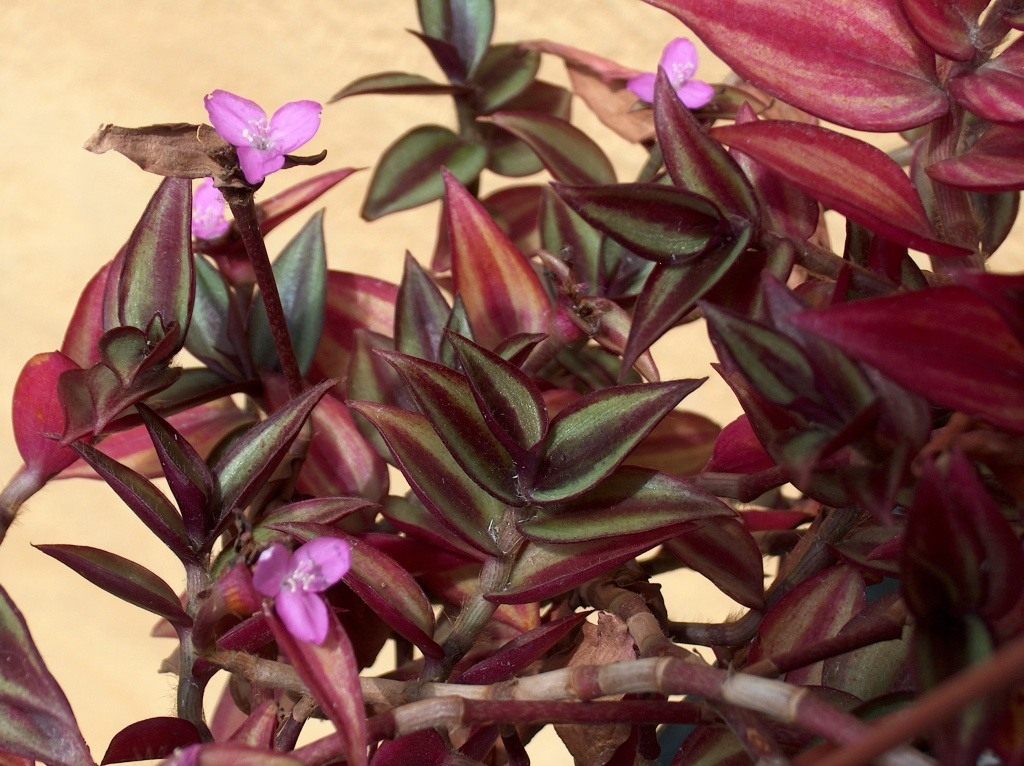
This variety is divided into several types having their own characteristics:
- hanging - a widespread species known for its medicinal properties;
- purpuza - does not have a clear pattern on the leaves, the color of which has a reddish-olive color;
- flocculosis - leaves are whitish, pubescent and very soft.
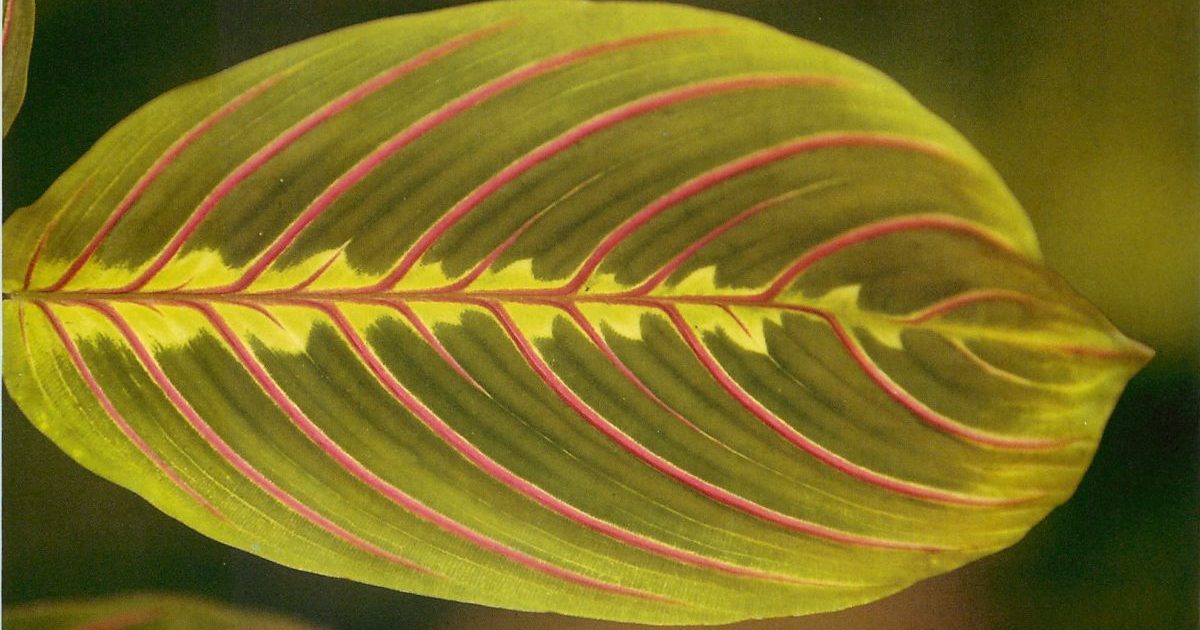 You may be interested in:
You may be interested in:Rules for the care of tradescantia at home
Despite the fact that the tradescantia is not the most whimsical plant, new flower growers may encounter the problem of deteriorating the appearance of the flower. The most common problems and solutions:
- there are few leaves, they are very small, and the shoots are too long - the lighting is scarce, the flower needs to be rearranged to the east or south window;
- the color of the leaves has changed, it has become blurry and pale - the lighting is either too bright or lacking;
- the cessation of the growth of tradescantia indicates excessive dampness of air and soil;
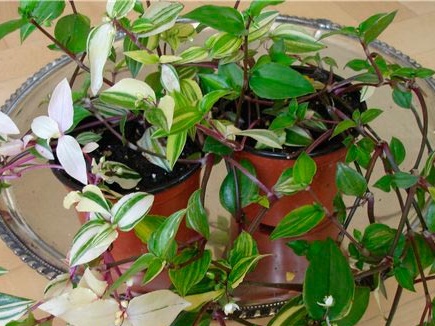
Home Care - the leaves become brown - watering with cold water must be stopped, and start using warm and settled liquid;
- dried tips of the leaves - the air in the room is not humid enough, regular spraying is needed (especially true in the heating season);
- leaf blades drooped, became soft - the room is too cold.
To improve the appearance of the plant, it is necessary to tie it up and provide support if it does not grow in a hanging pot. The vertical support can be stuck in the soil in which the flower grows, and the stems are tied with thread. For decor and support, you can also use wall mounts: leaning on them, the tradescantia will curl.
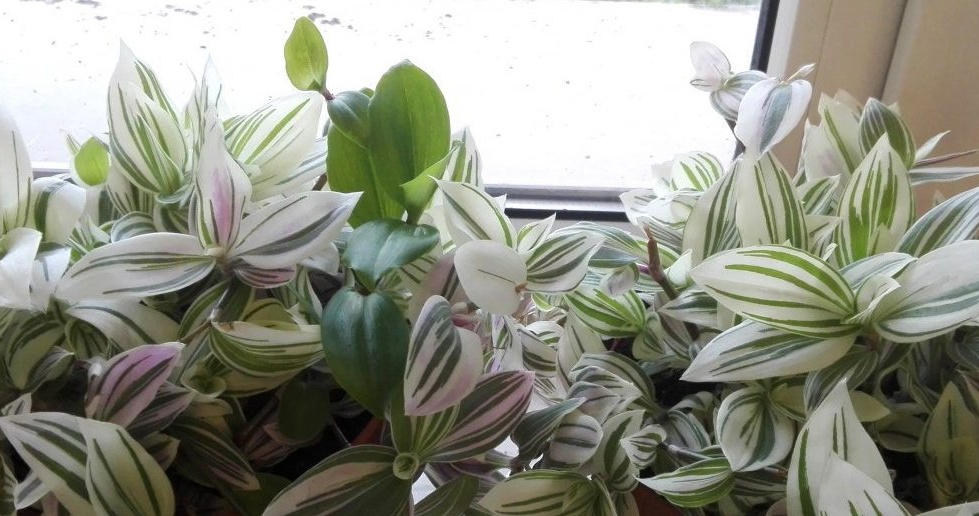
To help the flower acclimatize, it needs to be transplanted into new soil and fertilized. However, if the tradescantia was purchased in winter or autumn, the plant should not be transplanted, it is advisable to wait until spring. If necessary, a transplant in winter is possible, but then the plant must be sure to provide additional illumination.
Unlike some indoor flowers that can be planted in the summer in the open ground, it is not recommended to carry out such a procedure with tradescantia. So, slugs and ticks can easily start on it, and the scorching day sun can burn the leaves. However, you can take the pot out into the street in the morning and evening, leaving it in partial shade, and not forgetting to spray it.
Soil and pot selection
The main requirements for the substrate for tradescantia are lightness, breathability, neutrality and nutrition. To create such soil, you can purchase plant soil in the store, and mix it with natural minerals: vermiculite and agroperlite (3 parts of the soil 1 part of each mineral).
Such soil is loose, quickly drying out and providing an air flow to the root system, so that water does not stagnate in it.
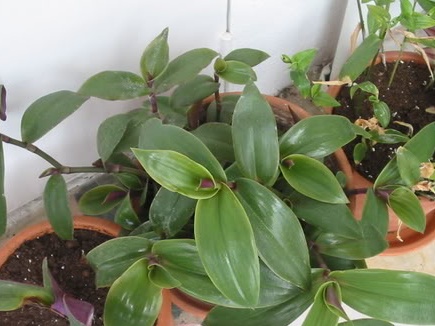
The pot itself should be wide, but not shallow, and it is imperative to have openings for removing excess water. It is preferable to choose pots made of plastic or hardwood. Do not take a ceramic pot - the roots are easily supercooled in it.
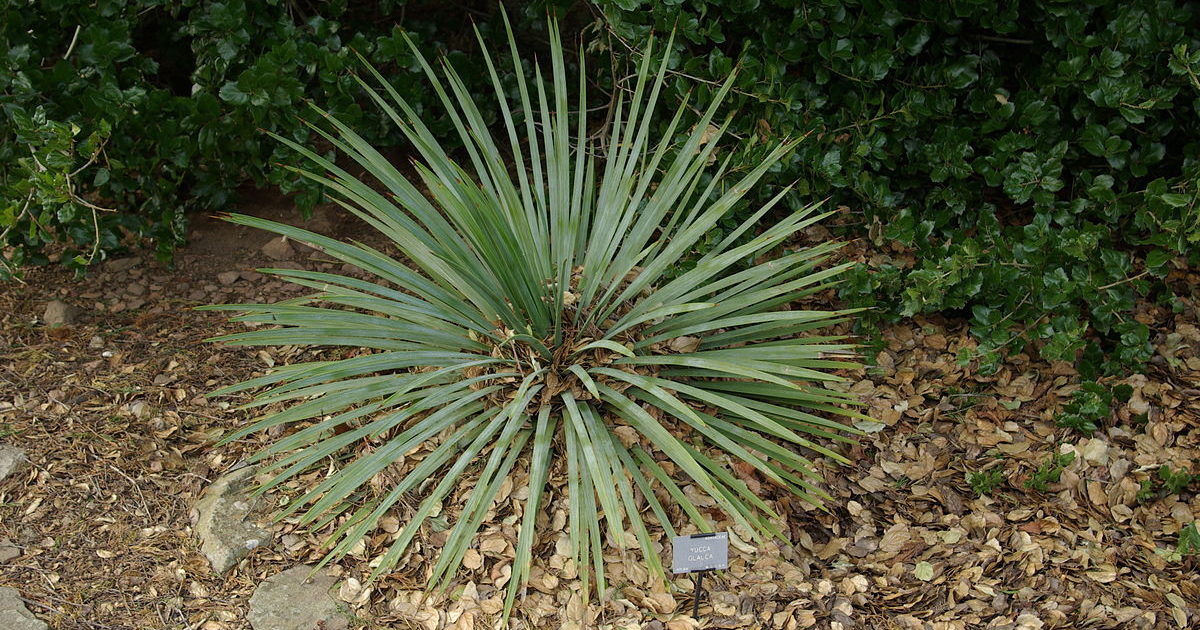 You may be interested in:
You may be interested in:Lighting and temperature
The light in the room should be very bright, but scattered: scorching direct sunlight burns the leaves of the plant. To shade a plant standing on a brightly lit window sill, you can use translucent Roman curtains. One can understand that the lighting is too weak, according to the pattern on the leaf blades: it becomes blurry, unexpressive and pale.Optimum illumination can be achieved by placing a tradescantia pot near the west or east window.
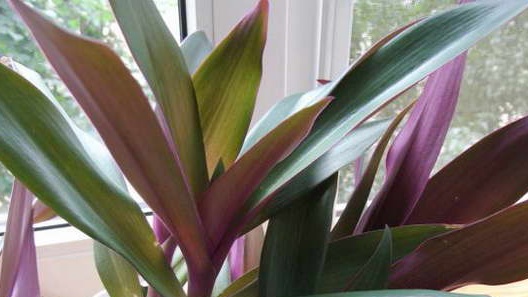
In spring and summer, indoors, you need to maintain a temperature of 23-25˚C, and take the flower out into the open air in warm weather. If this is not possible, the room should be aired 1-2 times a day, but at the same time not to allow a draft. In winter, the room needs to be maintained at a temperature of 14-16˚C, at lower temperatures the plant dies. Ventilation in the cold season is necessary, but it should be minimal, and there should be no cold air flows in the room. Sudden jumps in temperature are also unacceptable.
Humidity, watering and fertilizer
The optimum air humidity for tradescantia is 60-70%. To maintain this level of moisture, the flower can be sprayed from a spray bottle. When spraying, liquid on the bottom of the sheet is undesirable. The frequency of watering depends on the season: in the summer you need to water the plant every 3-4 days, in the winter - every 5-6. Watering is not necessary even in hot weather, if the top layer of soil has not had time to dry by 2-3 cm. Due to too frequent watering, the roots of the plant may begin to rot.
Fertilizer should be applied to the soil depending on the type of plant. So, green tradescantia feeding is necessary every 10-14 days, starting from the end of February and ending in early autumn. Mineral fertilizing should be alternated with organic. In winter, you can feed the plant, but not more than once a month.
For variegated tradescantia, you can use only mineral recharge, since when using organic fertilizers, the original color of the leaves may disappear. The frequency of top dressing in warm time is once every 14 days. At the onset of the rest period, fertilizers must be applied to the soil every 1.5 months, reducing the dose by half.
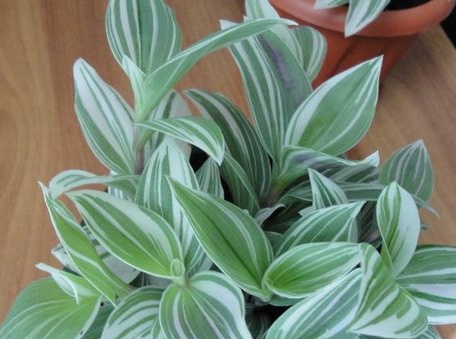
Pruning
Due to the fact that the plant grows rapidly and loses its decorativeness, it needs regular forming pruning. Tradescantia normally tolerates this procedure and develops better after it. The first pruning of the year should be carried out after wintering, in late February or early March.
Diseases and pests
Like all indoor plants, tradescantia easily becomes ill and is exposed to pests with improper care. If the room temperature is too high, there is a high probability of the appearance of thrips (small insects and discolored spots are visible on the leaves) and spider mites (a spider web appears in the internodes, the leaves become sluggish and crumble).
From thrips, insecticide treatments will help, which need to be done 2-3 times at weekly intervals. You can get rid of spider mites by increasing air humidity, wiping the outside of the leaves with a sponge dampened in soapy water and treating with an insecticide.
Aphids, scale insects and slugs can also start at the tradescantia. Effective insect control methods:
- treatment with a solution of laundry soap and water or an insecticide;
- rubbing the plant with cotton soaked in an alcohol solution (4 times a week);
- mechanical cleaning of leaves and the use of soap solution.
Common diseases affecting tradescantia are powdery mildew and gray rot.The treatment of leaves and soil with fungicide once every 7 days helps to get rid of the first disease. Gray rot is a consequence of excessive humidity of air and soil. Affected areas should be removed, the room should be aired more often, and watering should be reduced.
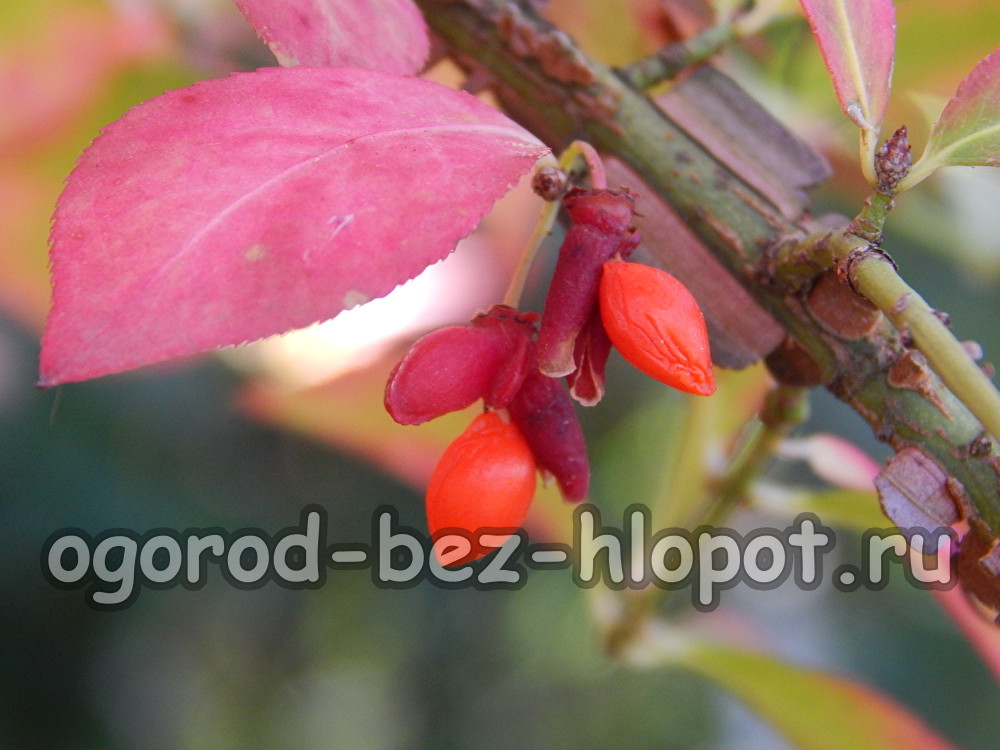 You may be interested in:
You may be interested in:How to propagate and transplant a flower at home
Propagation of tradescantia can be done in one of three main ways: by grafting, dividing the bush and sowing seeds. The first method is simple and can be applied year-round. Algorithm of actions when cutting:
- From the adult flower you need to separate the cuttings (5-6 pieces), and remove the leaves on the lower internodes.
- Put the cuttings in water for 7-10 days, cover them with a bag or jar.
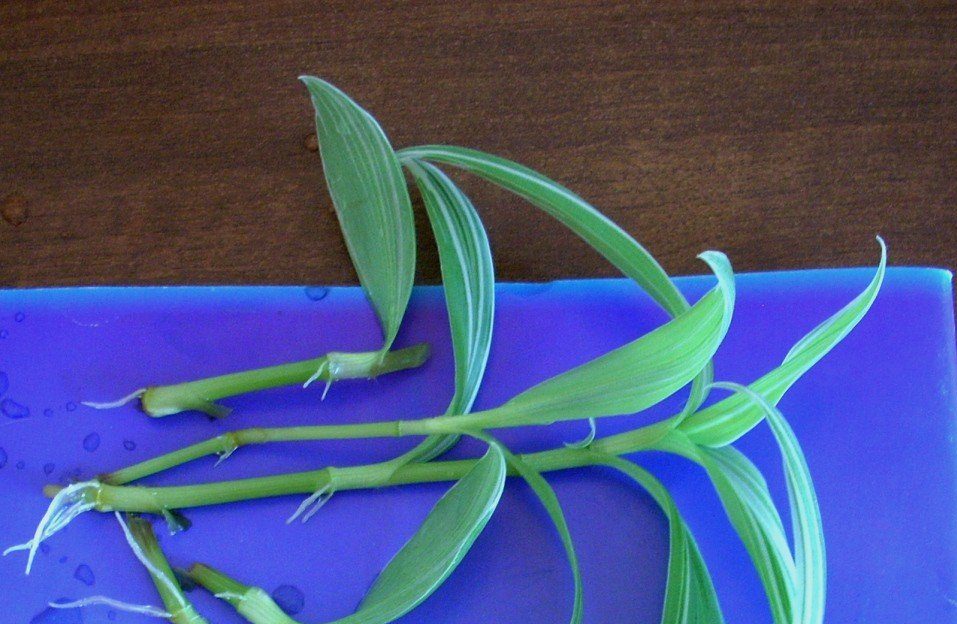
Cuttings - When strong roots appear, the jar needs to be removed and the cuttings planted in nutrient soil in separate small cups. When the flowers grow, they can be transplanted into larger pots, and looked after as adult plants.
The method of dividing the bush, in turn, is the fastest, and helps to get several adult plants at once. The method is suitable only for adults (2-3 years) and strongly overgrown flowers. The procedure can be performed in the spring before transplanting the plant into a new pot.
The soil must be loosened, remove the entire bush from the pot and free the roots from the remaining lumps of earth. You can divide the bush with a knife or hands, but at the same time you need to do this quickly and accurately. The separated parts need to be planted in separate containers, pour warm water and add complex fertilizer to the soil.
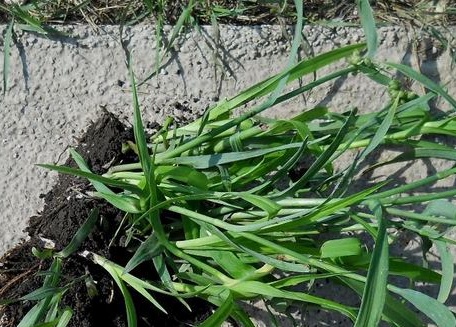
Of the presented methods, seed propagation requires the most effort. Moreover, such a method sometimes leads to the loss of varietal traits. In order for the seeds to sprout, you need to prepare fertile soil with an admixture of sand. Seeds are planted in the ground, watered with warm water and covered with a film. During their germination, it is necessary to maintain a temperature of 20˚C and bright diffused light in the room. The greenhouse must be regularly ventilated, and the sprouts must be sprayed. Plants grown in this way can bloom in the 3rd year.
Transplantation will be needed for young plants every 2-3 years, more mature plants are enough to transplant as needed. An emergency transplant is needed if the earthen lump is soured, or the root system has grown too much.
When transplanting, you need to take a pot that is slightly larger than the previous one, has openings for draining excess fluid and a drainage layer. If the old earthen lump is in normal condition, you do not need to clean the roots from it: it is enough to move the plant into a new pot and add fresh earth to it. After transplanting, the flower needs to be watered.
The benefits and harms of tradescantia for the home
To breed a tradescantia at home is possible not only for interior decoration, but also for therapeutic and prophylactic purposes. The flower in the house serves as a kind of filter for purifying and moisturizing the air, which is useful for the respiratory system. With external use, the plant promotes the healing of wounds and burns, and with internal use it helps with gastrointestinal diseases and tonsillitis.
There is a widespread belief that tradescantia is an indicator of energy in the room. In places with negative energy, the flower does not take root even with good care. However, at the same time, the plant can be bred to improve relations between relatives in the house: it positively affects the mood and helps to avoid family quarrels.
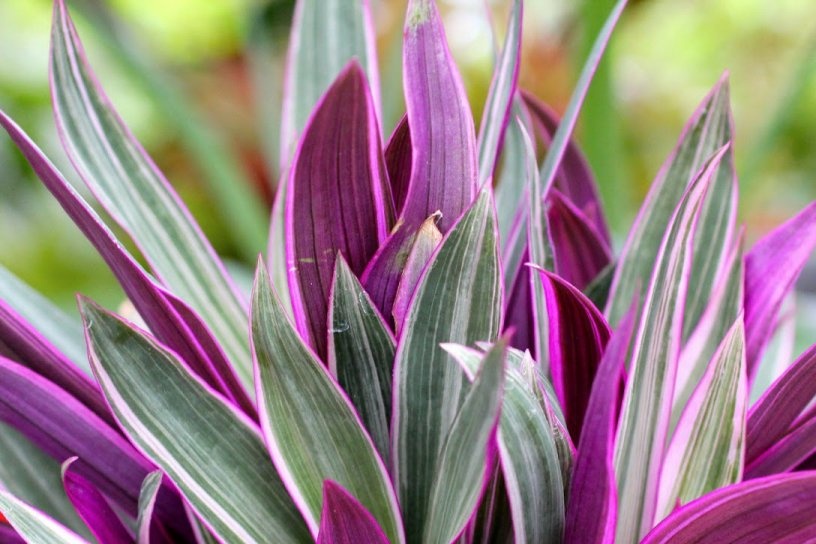
If the flower suddenly dries up, despite careful leaving, this may be evidence that he took away damage or evil eye from his owners.
Growing this flower is recommended for people who smile a little, feel miserable and depressed. It is believed that tradescantia attracts positive emotions, helps to see happiness in simple everyday things. When caring for such a flower, carelessness develops, a sense of humor and the ability to easily endure failures improve.
The use of tradescantia for the home also depends on its location: it is advisable to grow it in the kitchen and study, but it is not worth growing it in the bedroom: the harm from it in this room is that it, like any climbing plant, can lead to loss of love between spouses.
Common Growing Questions
Tradescantia is a good choice for beginner gardeners, and an easy-to-care flower for professionals. The plant is simple and pleasant to care for: it is not too demanding on the conditions of detention and decorates any interior.

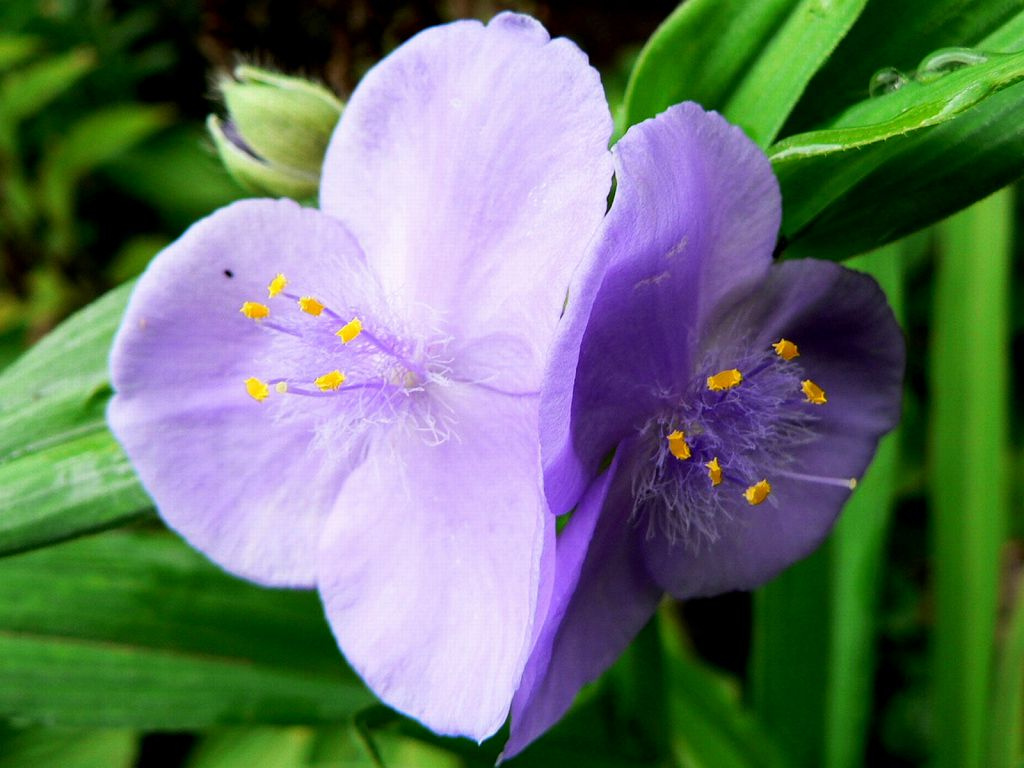
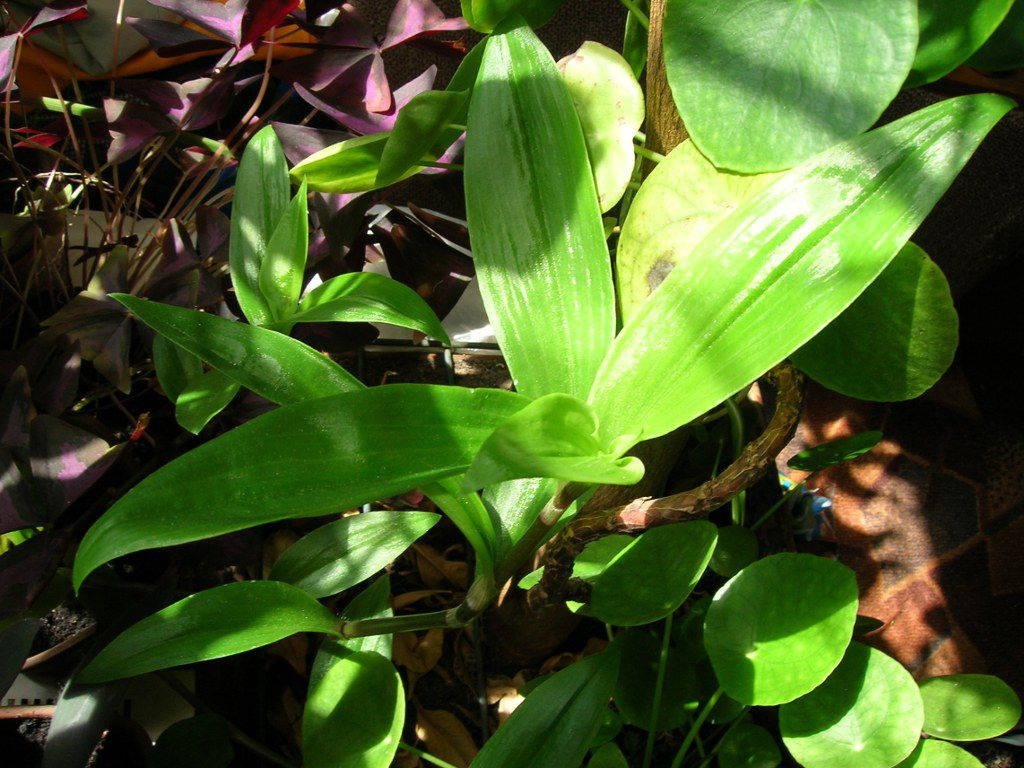
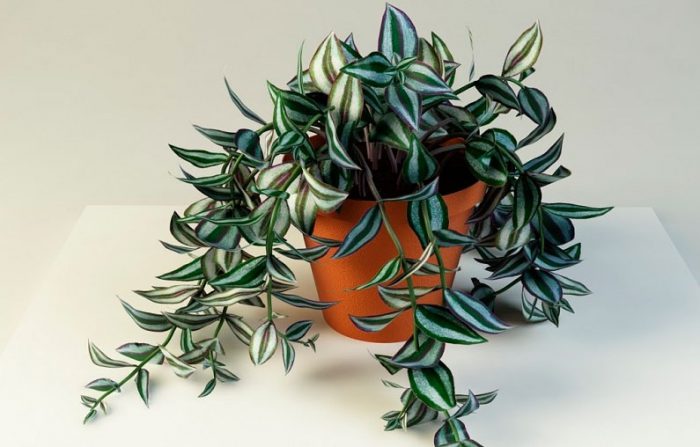
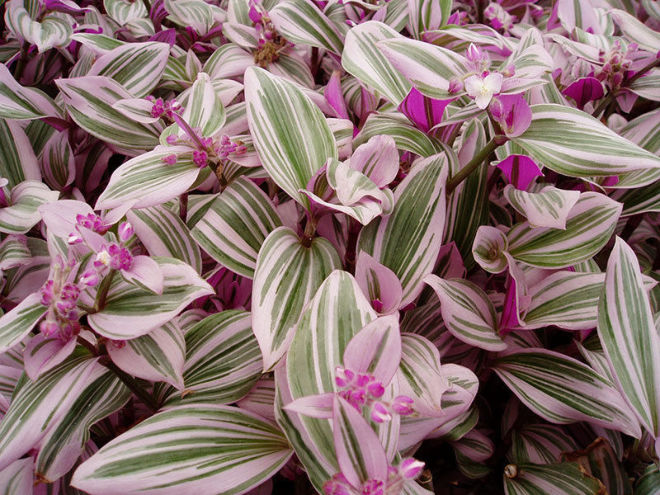
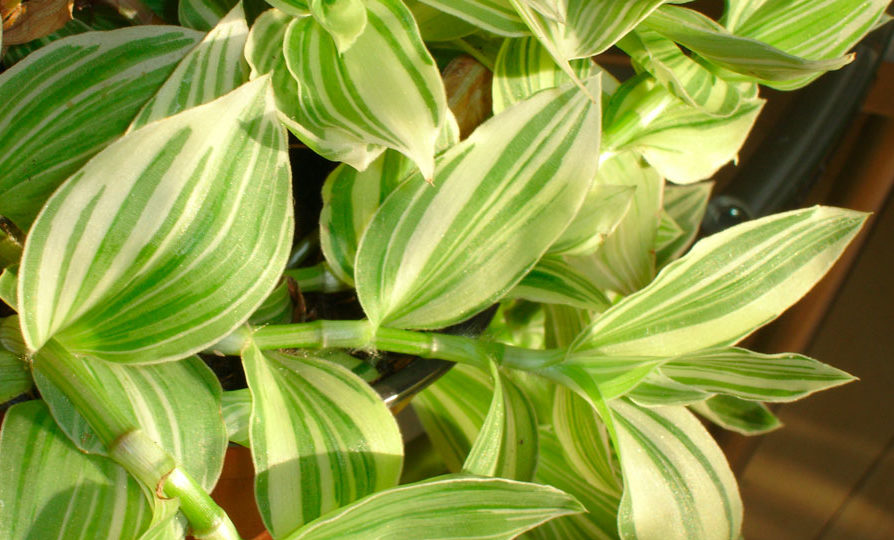



 10 beautiful annuals that bloom all summer
10 beautiful annuals that bloom all summer Sow in the ground, without seedlings: 10 beautiful and unpretentious flowers
Sow in the ground, without seedlings: 10 beautiful and unpretentious flowers Platicodon planting and outdoor care
Platicodon planting and outdoor care Hosta - planting and care in the open ground in the Urals
Hosta - planting and care in the open ground in the Urals